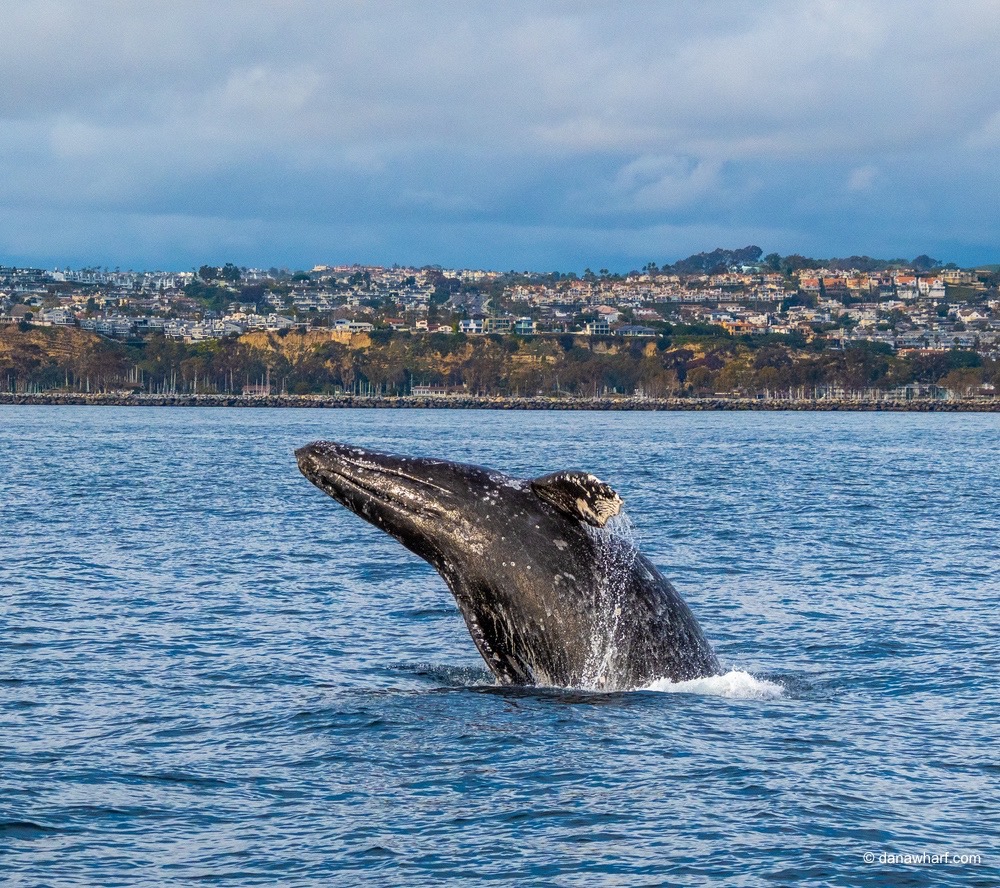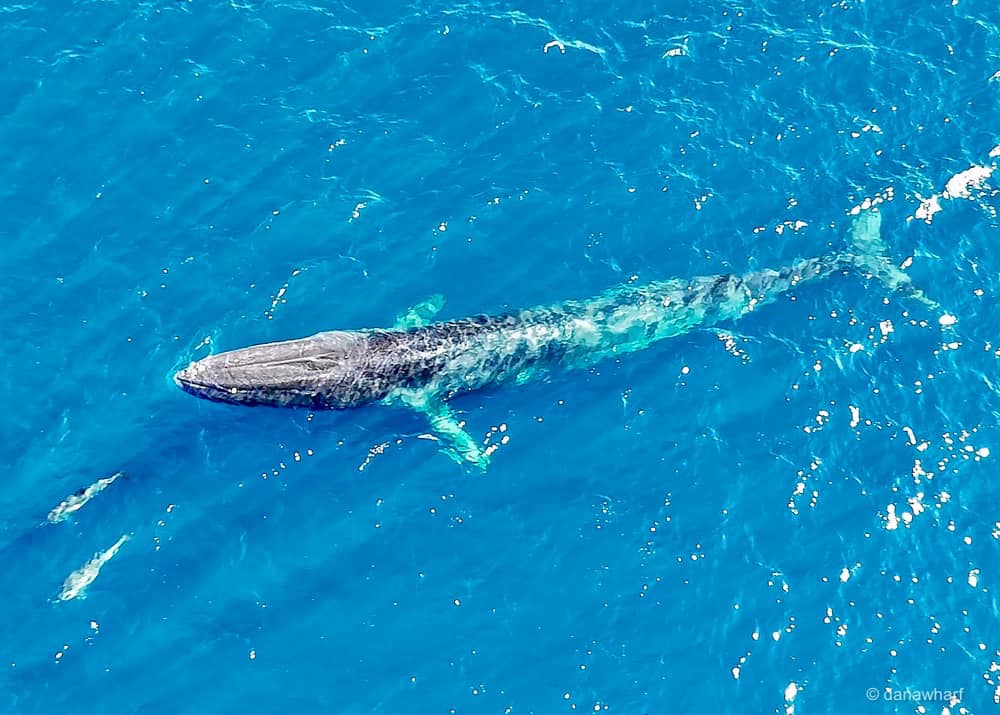Day in the Life of a Dana Wharf Whale Watching Captain
The vast Pacific Ocean holds many wonders. Among them, the majestic whales that grace the waters off Dana Wharf.
As a whale watching captain, each day is a new ocean adventure. It’s a role that combines skill, knowledge, and a deep respect for marine life.
This article takes you on a journey into the life of a Dana Wharf whale watching captain. From the early morning safety checks to the thrill of spotting a whale, we’ll explore it all.
We’ll delve into the challenges and rewards of this unique profession. And we’ll see how these captains contribute to marine conservation.
Join us as we navigate a day in the life of a Dana Wharf whale watching captain. It’s a voyage you won’t want to miss.
The Role of a Dana Wharf Whale Watching Captain
A Dana Wharf whale watching captain wears many hats. They are a navigator, educator, conservationist, and storyteller.
Their primary role is to guide the vessel safely through the Pacific waters. They use their knowledge of whale migration patterns to locate these magnificent creatures.
But their job doesn’t stop at spotting whales. They also educate passengers about marine life and the importance of conservation.
In essence, a Dana Wharf whale watching captain is the bridge between humans and the ocean. They create memorable experiences while fostering respect for our marine ecosystems.
Preparing for the Ocean Adventure
The day of a Dana Wharf whale watching captain starts early. They begin with a thorough check of the vessel.
This includes ensuring the safety equipment is in place and functional. They also check the weather forecast and sea conditions.
The captain then prepares a plan for the day’s journey. This plan is based on several factors:
- The season and expected whale migration patterns
- The weather and sea conditions
- The number and type of passengers on board
Safety First: Pre-Sail Checks and Briefings
Safety is paramount for a whale watching captain. They conduct a detailed inspection of the vessel before setting sail.
This includes checking the engine, navigation equipment, and safety gear. Any issues are addressed immediately to ensure a safe journey.
The captain also conducts a safety briefing for the crew. They discuss the day’s plan, potential challenges, and emergency procedures.
Finally, the captain briefs the passengers. They explain the safety measures, what to expect during the journey, and how to behave when a whale is spotted.
Understanding Whale Migration Patterns

A key part of the captain’s preparation is understanding whale migration patterns. They study the latest data and reports from marine biologists and researchers.
This knowledge helps them predict where whales might be on a given day. It also informs them about the types of whales they might encounter.
Understanding these patterns is crucial for a successful whale watching trip. It allows the captain to navigate the vessel to the right areas and provide an enriching experience for the passengers.
The captain also shares this knowledge with the passengers. This not only enhances their experience but also raises awareness about the importance of whale conservation.
Navigating the Pacific: A Skillful Endeavor
Once the vessel sets sail, the real adventure begins. The captain navigates the vessel through the vast Pacific Ocean.
They use their knowledge of the local marine topography and ocean currents. This helps them steer the vessel to the areas where whales are likely to be found.
The captain also keeps a keen eye on the sea conditions. They adjust the course and speed of the vessel as needed to ensure a smooth and safe journey.
The Captain’s Tools: Technology and Experience
A whale watching captain relies on a mix of technology and experience. They use advanced navigation systems and sonar devices to guide the vessel.
These tools help them track the location of whales. They also provide real-time data about the sea conditions and weather.
However, technology is just one part of the equation. The captain’s experience and intuition play a crucial role in spotting whales and other marine life.
They know how to interpret the signs of nature, such as the behavior of birds and changes in water patterns. This skill comes from years of experience and a deep understanding of the ocean.
The Thrill of the Whale Spotting

The highlight of any ocean adventure is the moment a whale is spotted. The captain’s expertise comes into play here.
They know how to approach the whales while maintaining a respectful distance. This ensures the safety of the whales and the passengers.
The captain’s ability to spot whales and other marine life is a skill honed over years. It’s a thrilling moment that never loses its charm, even for the most seasoned captains.
Educating Passengers: Sharing the Wonders of Marine Life
A whale watching tour is not just about spotting whales. It’s also an educational journey.
The captain shares their knowledge about the marine life they encounter. They explain the behavior and characteristics of the whales and other sea creatures.
This enriches the passengers’ experience. It helps them appreciate the wonders of the ocean and its inhabitants.
The captain’s role as an educator is crucial. They foster a love for the ocean and its wildlife, inspiring passengers to care for our planet.
The Captain’s Commitment to Conservation
A Dana Wharf whale watching captain is not just a guide. They are also a steward of the ocean.
They understand the impact of human activities on whale habitats. They advocate for the protection of these majestic creatures.
The captain’s role extends to conservation efforts. They collaborate with researchers and conservationists, contributing to the preservation of marine life.
Their commitment to conservation is a testament to their love for the ocean and its inhabitants.
Sustainable Practices in Whale Watching
Sustainable practices are at the heart of a whale watching tour. The captain ensures these practices are followed.
They maintain a respectful distance from the whales. This minimizes disturbance to the animals and their natural behavior.
The captain also educates passengers about the importance of conservation. They encourage responsible behavior towards marine life.
Through these practices, the captain contributes to the sustainability of whale watching tours. They ensure that future generations can also enjoy this incredible experience.
Challenges and Rewards of the Whale Watching Captain
Being a whale watching captain is not without its challenges. The wildlife behavior is unpredictable, making each day unique.
Weather conditions can also pose difficulties. The captain must navigate these challenges to ensure a safe and enjoyable trip.
Despite these challenges, the rewards are immense. The thrill of spotting a whale, the joy of sharing this experience with passengers, it’s all worth it.
The satisfaction of connecting people with nature is a reward in itself. It’s what makes the job truly fulfilling.
A Day of Unpredictable Wildlife Behavior
Wildlife behavior is unpredictable. This is one of the biggest challenges a whale watching captain faces.
One day, the ocean might be teeming with whales. The next, they might be elusive.
The captain must manage passenger expectations in these situations. They ensure that every trip is enjoyable, regardless of the number of sightings.
This unpredictability also adds to the thrill of the job. It makes each day a new adventure on the ocean.
The Captain’s Reflections
Being a Dana Wharf whale watching captain is a unique and rewarding profession. It combines a love for the ocean, marine life, and sharing this passion with others.
Despite the challenges, the rewards are immense. The joy of connecting people with nature, the thrill of spotting a whale, it’s all worth it.
In the end, it’s not just about the whales. It’s about fostering a love for the ocean, its inhabitants, and promoting conservation. That’s the true calling of a whale watching captain.
